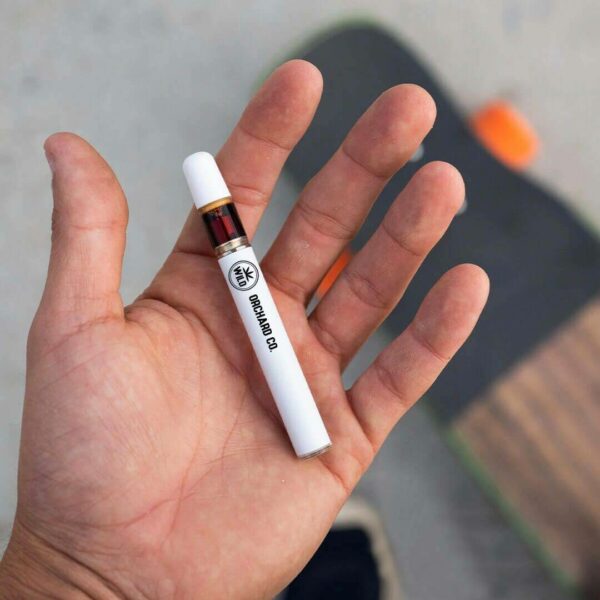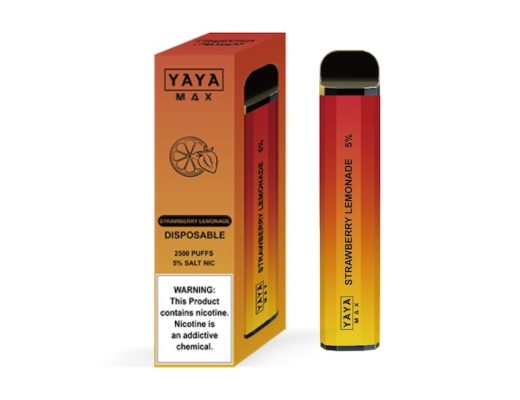In recent years, the cannabis market has witnessed a surge in interest surrounding a lesser-known compound called delta-8. From gummies to oils, and notably in the form of a delta 8 vape pen, this cannabinoid has been making waves. But what exactly is delta-8, and how does it work its magic? Let’s delve into the science behind this intriguing compound to understand its mechanisms and effects.
What is Delta-8?
Delta-8-tetrahydrocannabinol, or delta-8 THC, is a cannabinoid found in the cannabis plant. It’s structurally similar to the more well-known delta-9 THC, the primary psychoactive component of cannabis. However, delta-8 differs by having a double bond on the 8th carbon atom instead of the 9th, hence its name. This slight variance in structure leads to differences in effects and potency.
The Endocannabinoid System: A Primer
To comprehend how delta-8 works, we must first understand the endocannabinoid system (ECS). This intricate network of receptors, enzymes, and endocannabinoids regulates various physiological processes, including mood, memory, pain sensation, and appetite. The two primary receptors in the ECS are CB1 and CB2, which interact with cannabinoids like delta-8.
Interaction with CB1 Receptors
Delta-8’s psychoactive effects primarily stem from its interaction with CB1 receptors in the central nervous system. When consumed, delta-8 binds to these receptors, albeit with less affinity than delta-9 THC. This interaction triggers a cascade of neurotransmitter release, resulting in the characteristic euphoria and relaxation associated with cannabis use.
Therapeutic Potential
Beyond its psychoactive effects, delta-8 shows promise in the realm of therapeutics. Early research suggests it possesses antiemetic, anxiolytic, and analgesic properties, making it a potential candidate for alleviating nausea, anxiety, and pain. Moreover, delta-8 may offer these benefits without the intense intoxication often associated with delta-9 THC, making it more tolerable for some users.
Metabolism and Safety Considerations
Like other cannabinoids, delta-8 undergoes metabolism in the liver, where it’s broken down into metabolites that are eventually eliminated from the body. However, concerns regarding the purity and safety of delta-8 products have arisen, particularly in unregulated markets. Contaminants and improper manufacturing processes can lead to products with unknown risks, emphasizing the importance of quality control and regulation.
Legal Status and Future Outlook
The legality of delta-8 remains somewhat ambiguous, with regulations varying from state to state and country to country. While some jurisdictions explicitly permit its sale and consumption, others classify it under existing cannabis laws, leading to uncertainty within the industry.




